Home>Furniture & Design>Interior Design Trends>How To Buff Out Scratches On Glass
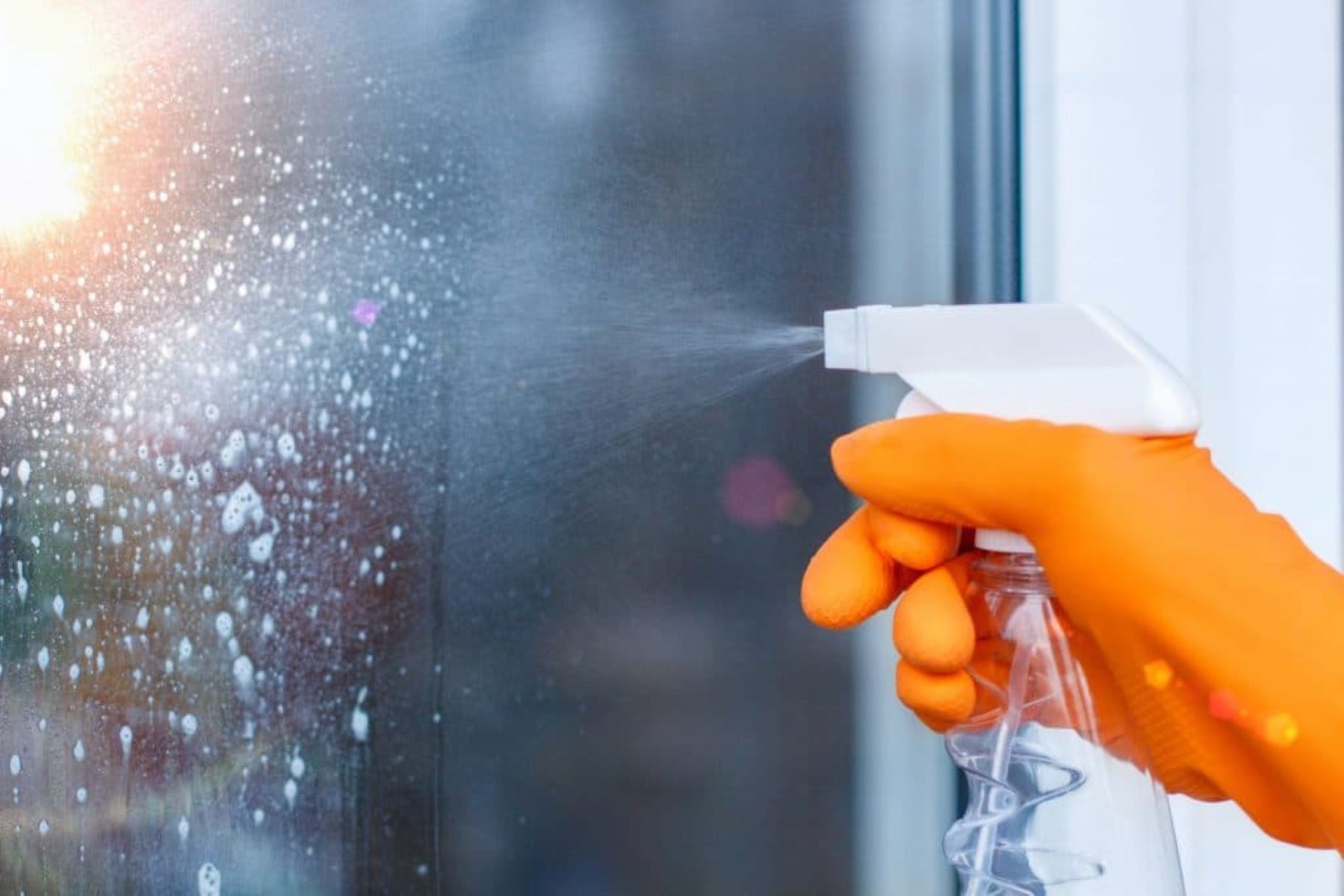

Interior Design Trends
How To Buff Out Scratches On Glass
Published: February 5, 2024
Learn how to effectively buff out scratches on glass surfaces with our expert interior design tips. Discover the latest interior design trends for a flawless finish.
(Many of the links in this article redirect to a specific reviewed product. Your purchase of these products through affiliate links helps to generate commission for Storables.com, at no extra cost. Learn more)
Introduction
Glass is a versatile and elegant material that adds a touch of sophistication to any space. Whether it's a sleek glass tabletop, a stunning glass window, or a chic glass door, the beauty of glass can be marred by unsightly scratches. These scratches not only detract from the aesthetic appeal of the glass but also compromise its functionality. However, the good news is that with the right tools and techniques, it's possible to restore the pristine look of glass by buffing out those pesky scratches.
In this comprehensive guide, we will delve into the art of rejuvenating glass surfaces by effectively buffing out scratches. From understanding the nature of glass scratches to outlining the step-by-step process for achieving flawless results, this guide will equip you with the knowledge and skills needed to tackle this common issue. Additionally, we'll explore the essential tools and materials required for the task and provide valuable tips for preventing future scratches, ensuring that your glass surfaces remain impeccable for years to come.
So, whether you're a homeowner looking to restore the luster of your glass furniture or a business owner aiming to maintain the pristine appearance of your storefront, this guide is your go-to resource for mastering the art of buffing out scratches on glass. Let's embark on this journey to revive the brilliance of glass and elevate the allure of your living or working space.
Key Takeaways:
- Don’t let scratches ruin the beauty of glass! With the right tools and techniques, you can easily buff out scratches and restore the flawless look of glass surfaces, keeping your space elegant and sophisticated.
- Prevent future scratches by using protective coatings, gentle cleaning tools, and handling glass with care. With regular maintenance and proactive measures, you can preserve the pristine condition of your glass surfaces for years to come.
Read more: How To Get Scratches Out Of Glass
Understanding the nature of glass scratches
Glass scratches can be a frustrating blemish on an otherwise flawless surface. Understanding the nature of these scratches is crucial to effectively addressing and remedying them. Glass, despite its perceived hardness and durability, is susceptible to scratches due to its composition. While glass may seem smooth to the touch, it actually consists of tiny peaks and valleys at the microscopic level. When a foreign object comes into contact with the glass, it can cause these peaks to be displaced or damaged, resulting in visible scratches.
The severity of a glass scratch can vary, ranging from superficial surface marks to deeper, more pronounced grooves. Superficial scratches may be caused by everyday wear and tear, such as the movement of objects across a glass tabletop or the use of improper cleaning tools. On the other hand, deeper scratches may result from more forceful impact or contact with abrasive materials.
It's important to note that different types of glass, such as tempered glass or laminated glass, may exhibit varying degrees of scratch resistance. Tempered glass, for instance, is more resistant to scratches due to its manufacturing process, which involves rapid cooling to create internal tension and strengthen the glass. However, even tempered glass is not impervious to scratches, especially when subjected to abrasive materials or harsh cleaning techniques.
Understanding the nature of glass scratches also involves recognizing the impact of environmental factors. Exposure to dirt, sand, or other abrasive particles can exacerbate the likelihood of scratches, particularly in outdoor glass surfaces or windows. Additionally, the presence of mineral deposits or hard water stains can make scratches more noticeable and challenging to address.
By comprehending the underlying causes and characteristics of glass scratches, individuals can approach the process of buffing out scratches with a clearer understanding of the task at hand. This knowledge serves as the foundation for selecting the appropriate tools and techniques to effectively restore the smooth, flawless appearance of glass surfaces.
Tools and materials needed
When it comes to buffing out scratches on glass, having the right tools and materials at your disposal is essential for achieving optimal results. Here's a comprehensive list of the items you'll need to effectively restore the pristine appearance of glass surfaces:
Tools:
-
Microfiber Cloths: These soft, lint-free cloths are ideal for cleaning and polishing glass surfaces without leaving behind any residue or lint particles.
-
Glass Cleaner: A high-quality glass cleaner specifically formulated for removing dirt, grime, and smudges from glass surfaces is essential for preparing the area before addressing the scratches.
-
Rubbing Alcohol: This versatile solvent is effective for removing any residual oils, grease, or contaminants from the glass surface, ensuring a clean and smooth working area.
-
Glass Polishing Compound: A specialized glass polishing compound designed to remove scratches and restore the luster of glass is a crucial component of the scratch removal process.
-
Polishing Pads: Soft, non-abrasive polishing pads or discs are used in conjunction with the glass polishing compound to gently buff out scratches and imperfections.
-
Electric Buffer or Polisher: An electric buffer or polisher equipped with variable speed settings and a soft buffing attachment is recommended for achieving consistent and controlled polishing results.
-
Protective Gear: Safety goggles and gloves are essential for protecting your eyes and skin from any debris or chemicals during the scratch removal process.
Materials:
-
Masking Tape: This is used to mask off the surrounding areas of the glass surface to prevent accidental damage or contamination during the buffing process.
-
Water Spray Bottle: Filled with clean water, a spray bottle is handy for dampening the glass surface and lubricating the polishing pad during the scratch removal process.
-
Plastic Razor Blade: A plastic razor blade can be used to carefully remove any stubborn debris or adhesive residue from the glass surface without causing further damage.
-
Scratch Removal Kit (Optional): If you're dealing with deeper or more stubborn scratches, investing in a specialized scratch removal kit that includes additional abrasive pads and polishing compounds may be beneficial.
By ensuring that you have these essential tools and materials on hand, you'll be well-equipped to tackle the task of buffing out scratches on glass surfaces with confidence and precision. Each item plays a crucial role in the scratch removal process, contributing to the restoration of the glass's flawless appearance and clarity.
Step-by-step process for buffing out scratches
-
Prepare the Work Area: Begin by thoroughly cleaning the glass surface using a high-quality glass cleaner to remove any dirt, grime, or smudges. Follow up with rubbing alcohol to ensure the surface is free from oils and contaminants. Use masking tape to carefully mask off the surrounding areas of the glass to prevent accidental damage or contamination during the buffing process.
-
Assess the Scratches: Examine the scratches on the glass surface to determine their depth and severity. Superficial scratches may require less aggressive treatment, while deeper scratches may necessitate more intensive buffing.
-
Apply the Glass Polishing Compound: Apply a small amount of the glass polishing compound to the polishing pad or disc. Using a water spray bottle, lightly dampen the glass surface to provide lubrication for the polishing process.
-
Begin Buffing: With the electric buffer or polisher set to a low to medium speed, gently buff the scratched area in a circular motion, ensuring even coverage. Apply consistent but gentle pressure to avoid overheating the glass surface.
-
Monitor Progress: Periodically pause to assess the progress of the buffing process. Check for any signs of the scratches diminishing and the restoration of the glass's clarity. If necessary, reapply the polishing compound and continue buffing until the desired results are achieved.
-
Clean and Inspect: Once the scratches have been effectively buffed out, use a microfiber cloth to clean the glass surface and remove any residual polishing compound. Inspect the area to ensure that the scratches have been successfully addressed and that the glass exhibits a smooth, uniform appearance.
-
Final Touches: If any minor imperfections or haze remain, repeat the buffing process with a finer polishing pad and a small amount of the glass polishing compound. This final step will help to refine the surface and eliminate any residual blemishes.
-
Clean and Protect: After completing the buffing process, clean the glass surface once more with a glass cleaner and a fresh microfiber cloth. This will remove any remaining traces of the polishing compound and leave the glass surface sparkling. Consider applying a protective glass sealant to enhance the glass's resistance to future scratches and maintain its pristine condition.
By following this step-by-step process, you can effectively buff out scratches on glass surfaces, restoring their flawless appearance and ensuring that they remain a stunning focal point in any setting.
Tips for preventing future scratches
Preventing future scratches on glass surfaces is essential for maintaining their pristine appearance and prolonging their longevity. By implementing proactive measures and adopting proper maintenance practices, individuals can safeguard their glass surfaces from unsightly blemishes. Here are valuable tips for preventing future scratches:
Use Protective Coatings:
Consider applying a protective coating or sealant specifically designed for glass surfaces. These coatings create a durable barrier that enhances the glass's resistance to scratches, abrasions, and environmental damage. By fortifying the glass with a protective layer, you can minimize the risk of scratches caused by routine use or accidental contact.
Choose Cleaning Tools Wisely:
When cleaning glass surfaces, opt for soft, non-abrasive cleaning tools such as microfiber cloths and gentle sponges. Avoid using harsh or abrasive materials that can scratch the glass, such as rough scouring pads or abrasive cleaners. Additionally, ensure that any cleaning solutions used are formulated for glass and free from abrasive particles that could compromise the surface.
Read more: How To Clean Scratches On Glass
Handle with Care:
Exercise caution when handling and moving objects across glass surfaces. Avoid dragging or sliding items directly on the glass, as this can lead to scratches caused by friction and surface contact. When placing or removing items from glass tabletops or shelves, lift them gently and use protective padding or coasters to prevent direct contact with the glass.
Regular Maintenance:
Establish a regular maintenance routine to keep glass surfaces clean and free from debris that could potentially cause scratches. Periodically dusting and cleaning glass furniture, windows, and doors will help prevent the accumulation of abrasive particles that can contribute to surface scratches over time.
Educate Users:
If the glass surfaces are located in commercial or public settings, such as storefronts or office spaces, educate employees, customers, or visitors about the proper care and handling of glass. Displaying signage or providing guidelines on how to interact with glass surfaces can help raise awareness and minimize the risk of accidental damage.
Address Environmental Factors:
Take proactive measures to address environmental factors that can contribute to scratches on glass surfaces. For outdoor glass installations, consider installing protective barriers or awnings to shield the glass from airborne debris, sand, or other abrasive particles carried by the wind. Additionally, regularly inspect and maintain the surrounding areas to prevent potential sources of damage to the glass.
By incorporating these preventive measures into your glass maintenance routine, you can significantly reduce the likelihood of future scratches and preserve the pristine condition of your glass surfaces for years to come. These proactive strategies not only enhance the aesthetic appeal of glass but also contribute to its long-term durability and functionality.
Read more: How To Repair Scratched Glass
Conclusion
In conclusion, the art of buffing out scratches on glass surfaces is a skill that empowers individuals to restore the pristine beauty of glass and prolong its longevity. By understanding the nature of glass scratches and equipping oneself with the essential tools and materials, anyone can embark on the journey of rejuvenating glass surfaces with confidence and precision.
The step-by-step process for buffing out scratches provides a clear roadmap for addressing scratches of varying depths, ensuring that the glass regains its flawless appearance. From preparing the work area and assessing the scratches to meticulously buffing and refining the surface, each step contributes to the successful restoration of the glass's clarity and luster.
Furthermore, the proactive tips for preventing future scratches underscore the importance of ongoing maintenance and care for glass surfaces. By implementing protective coatings, choosing cleaning tools wisely, handling glass with care, and addressing environmental factors, individuals can safeguard their glass surfaces from potential damage and preserve their impeccable condition.
Ultimately, the journey of buffing out scratches on glass surfaces is a testament to the resilience and enduring beauty of glass. Whether it's a cherished glass tabletop, an elegant glass window, or a functional glass door, the ability to effectively address scratches ensures that these surfaces continue to captivate with their transparency and sophistication.
As we conclude this comprehensive guide, it's important to recognize that the art of buffing out scratches on glass surfaces is not just about restoring aesthetics; it's about preserving the allure and functionality of glass in our everyday lives. By mastering the techniques outlined in this guide and embracing a proactive approach to glass maintenance, individuals can elevate the longevity and visual appeal of their glass surfaces, ensuring that they remain a timeless and captivating feature in any setting.
Frequently Asked Questions about How To Buff Out Scratches On Glass
Was this page helpful?
At Storables.com, we guarantee accurate and reliable information. Our content, validated by Expert Board Contributors, is crafted following stringent Editorial Policies. We're committed to providing you with well-researched, expert-backed insights for all your informational needs.
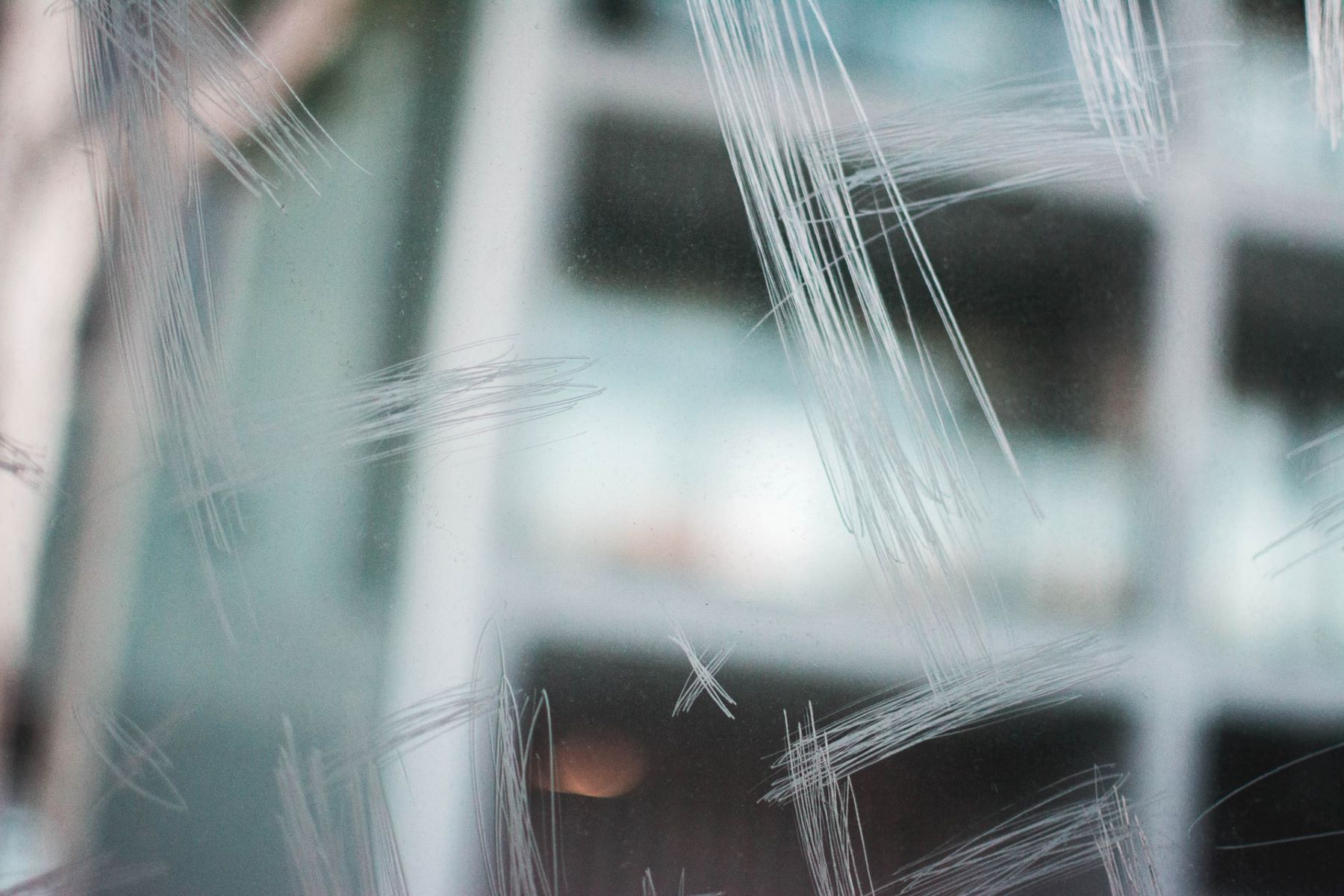
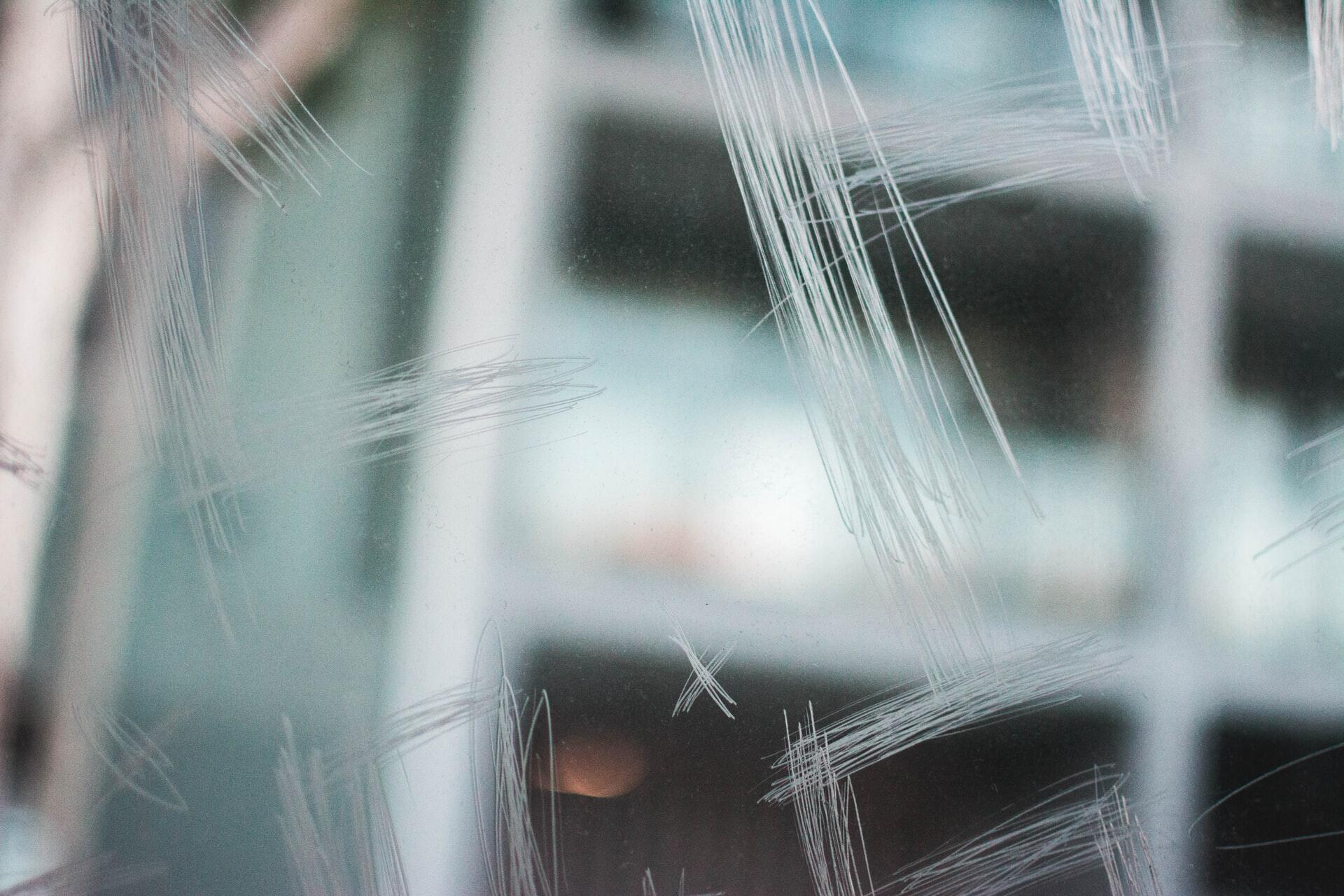
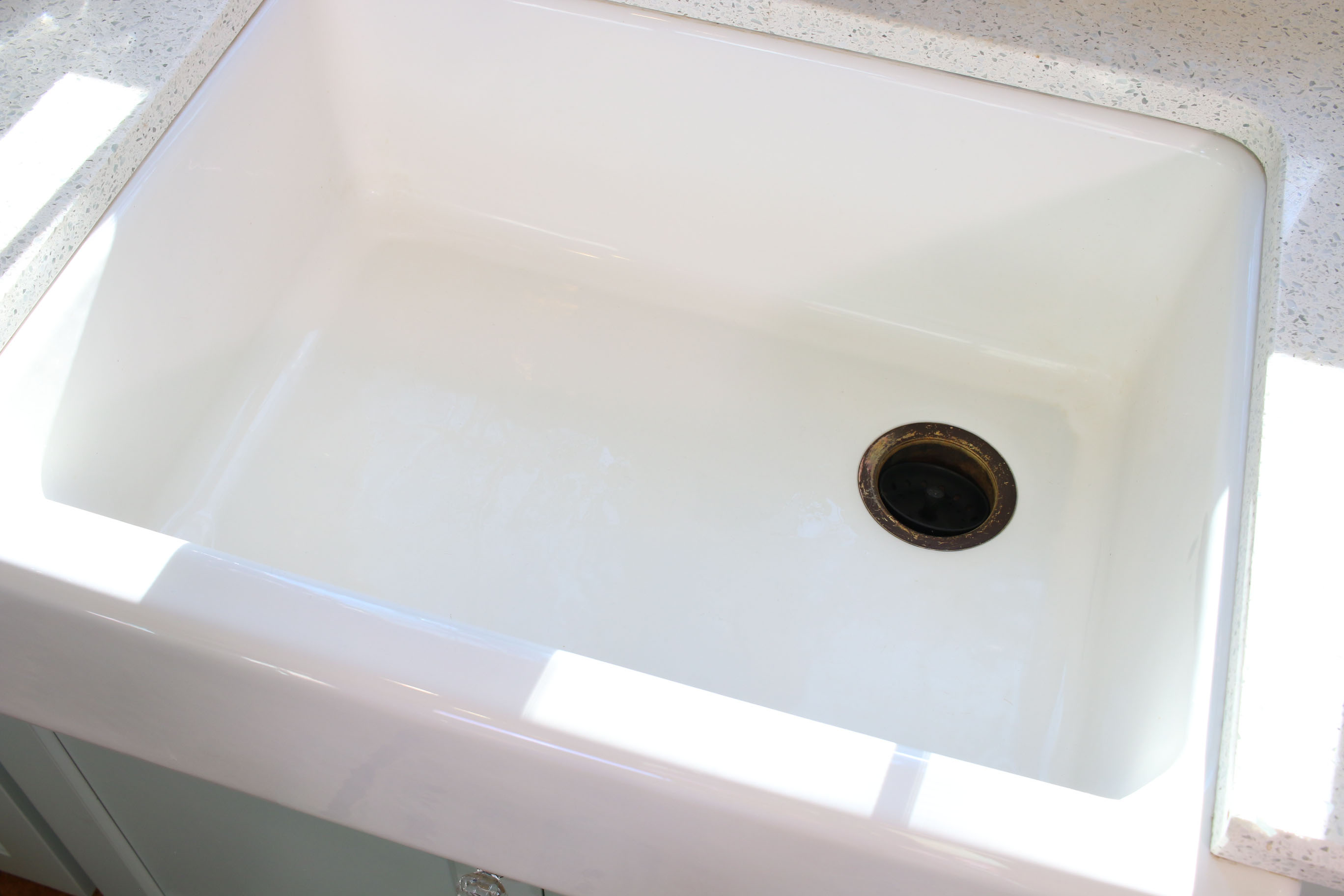
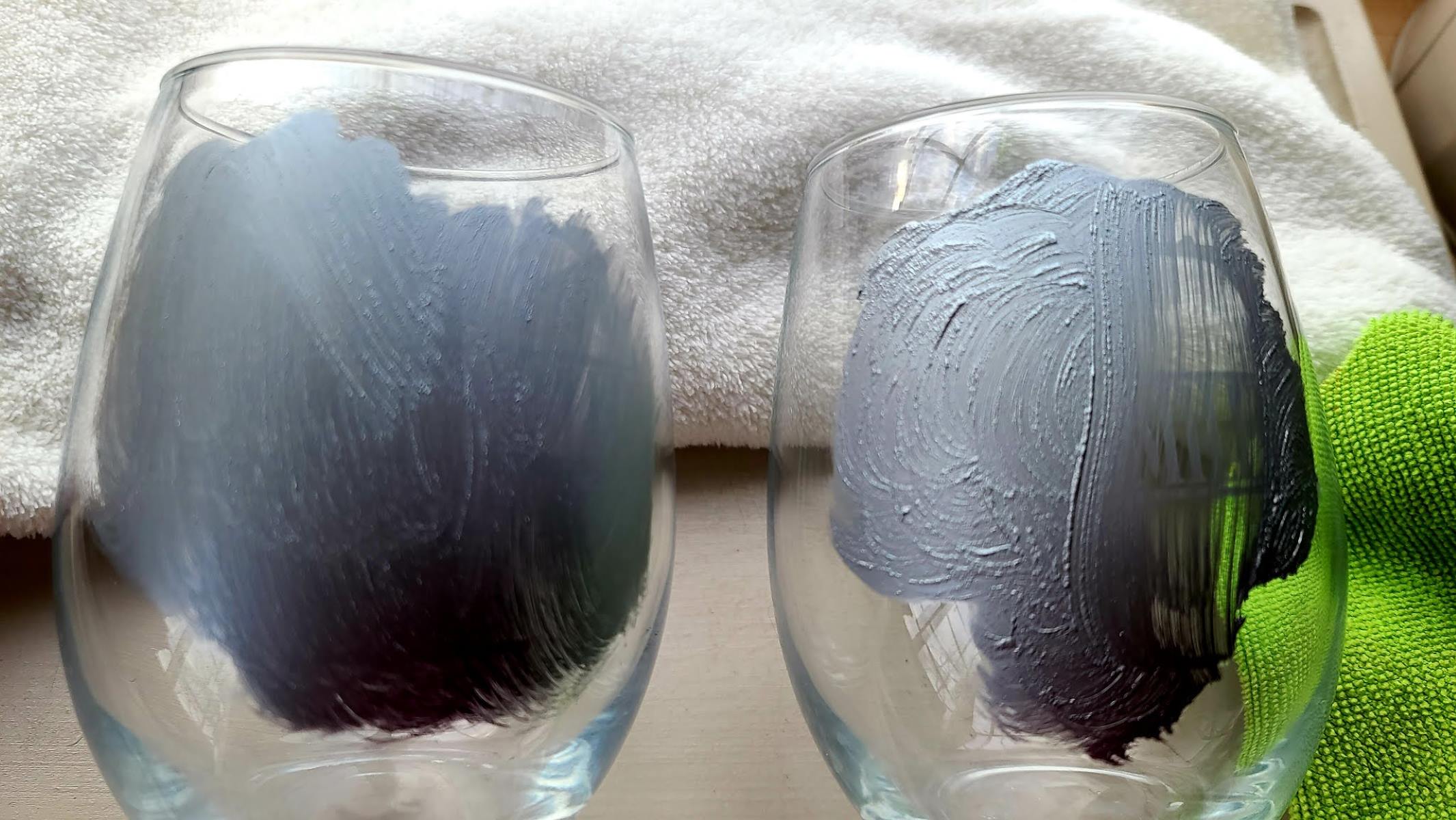
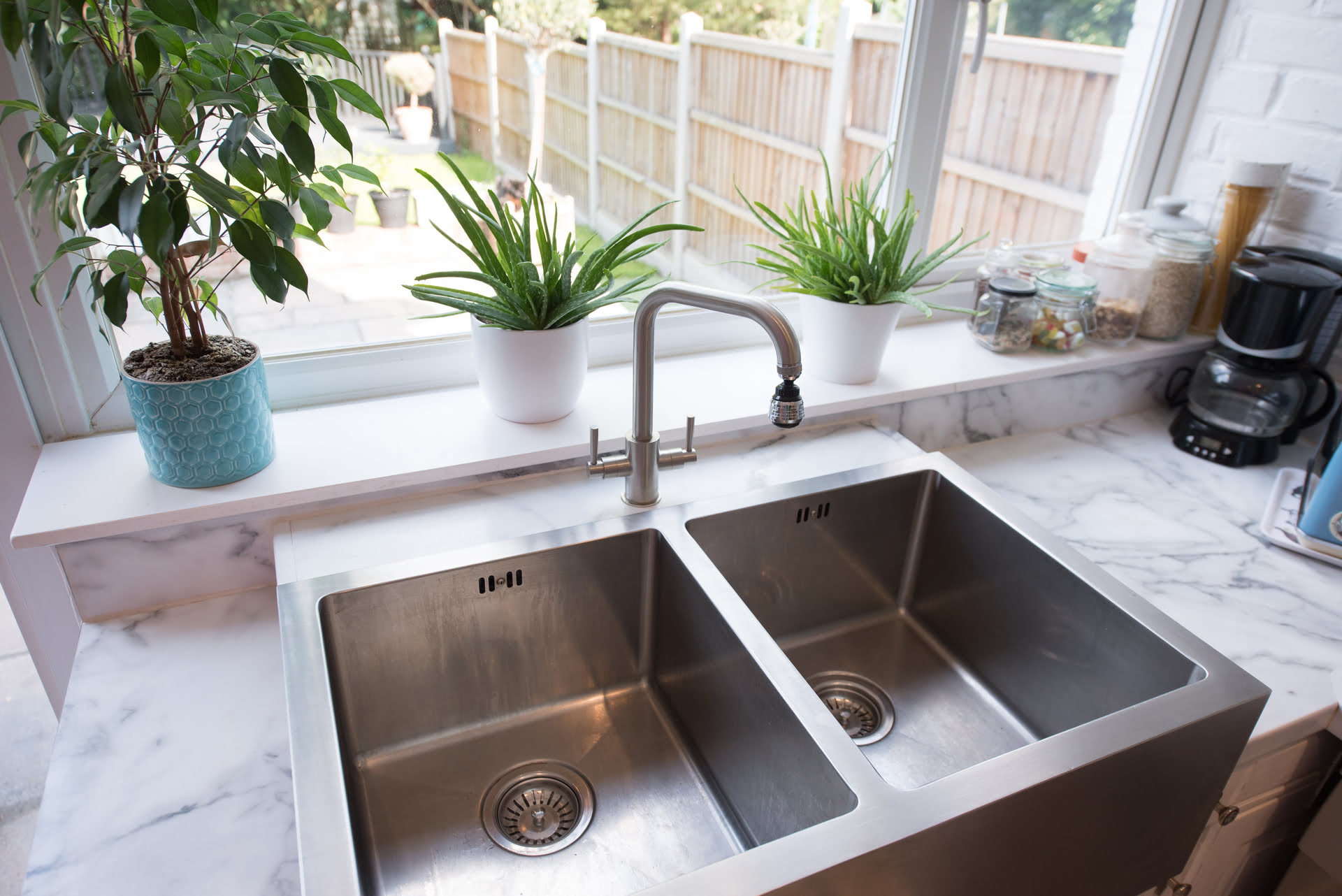
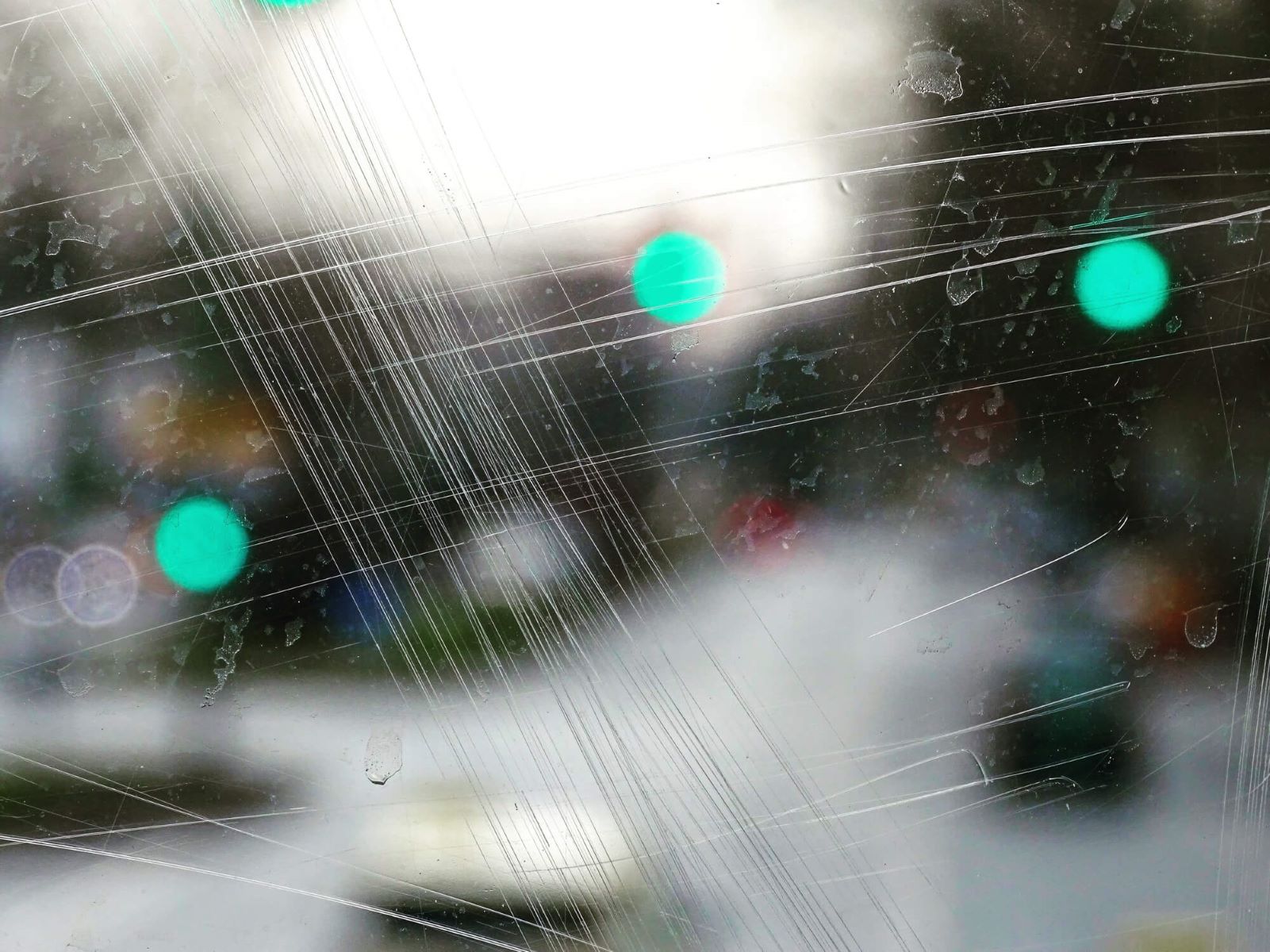
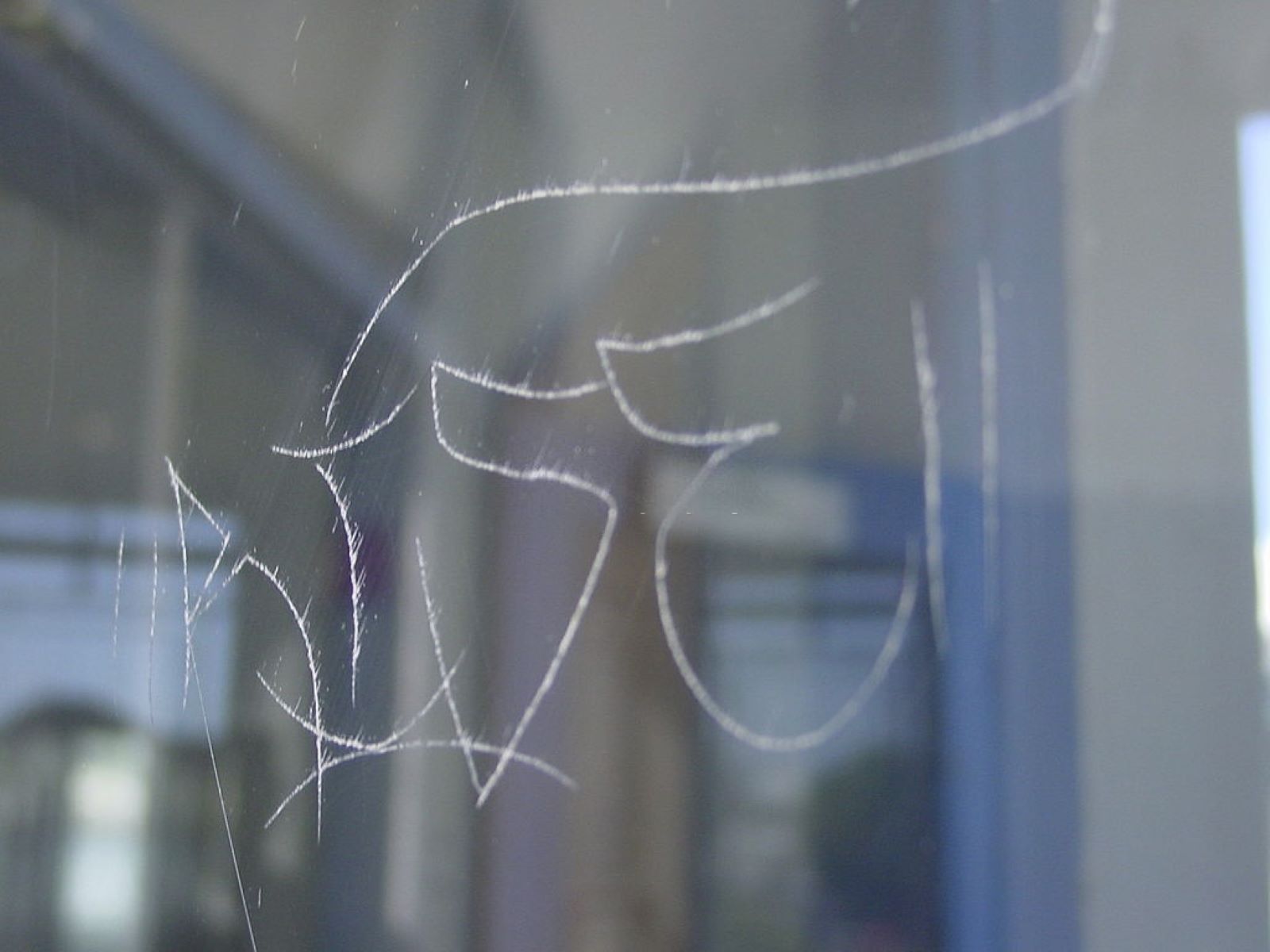
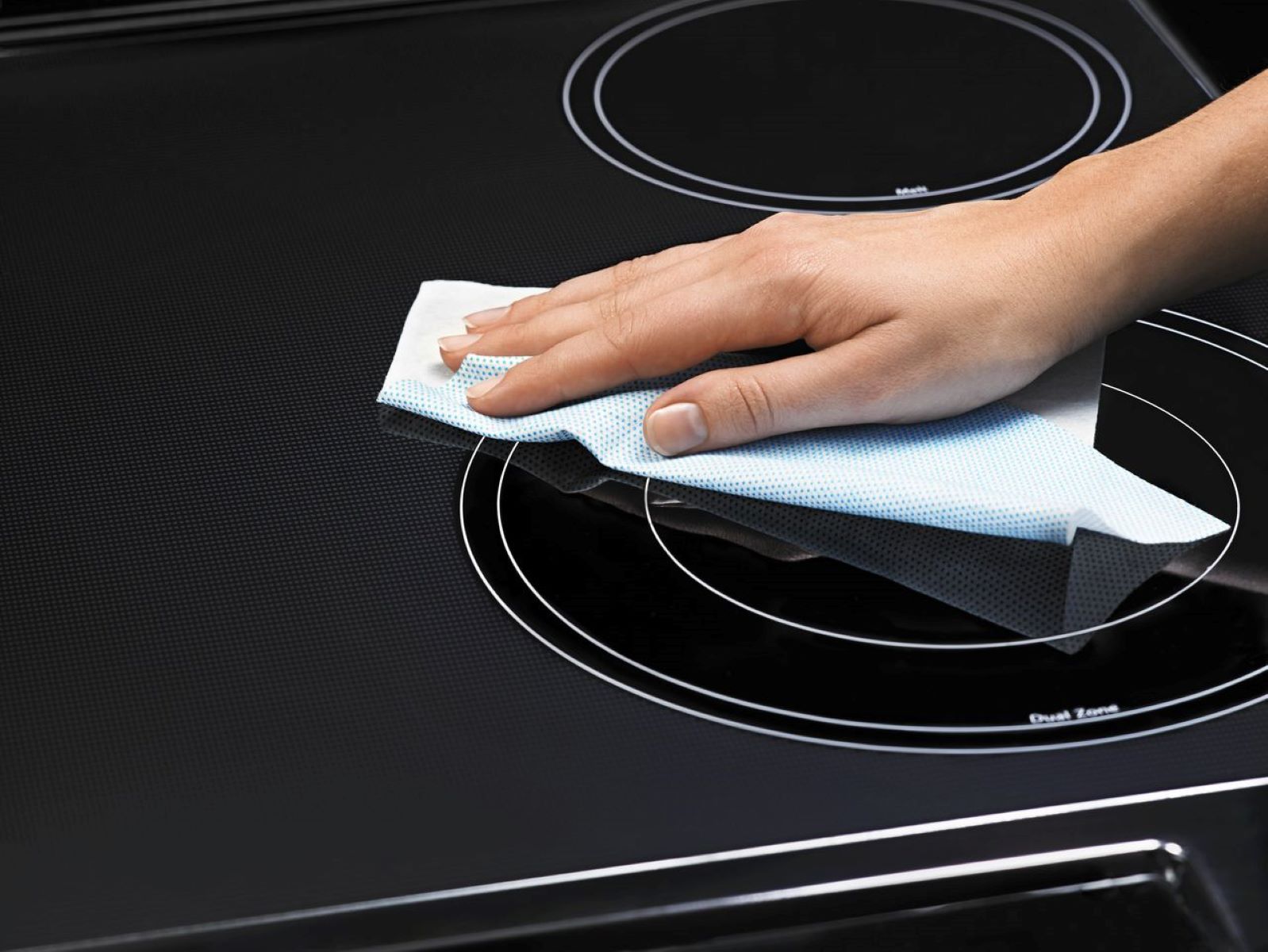
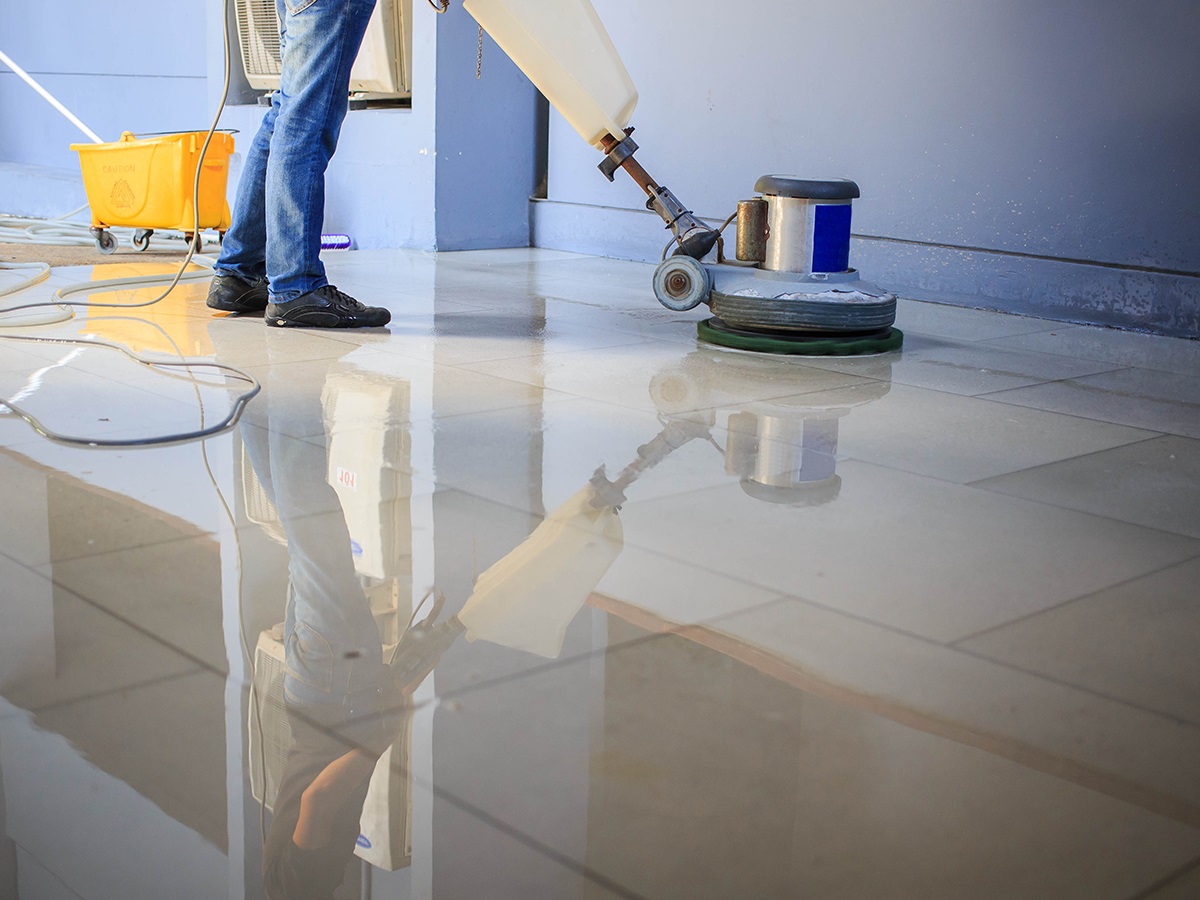
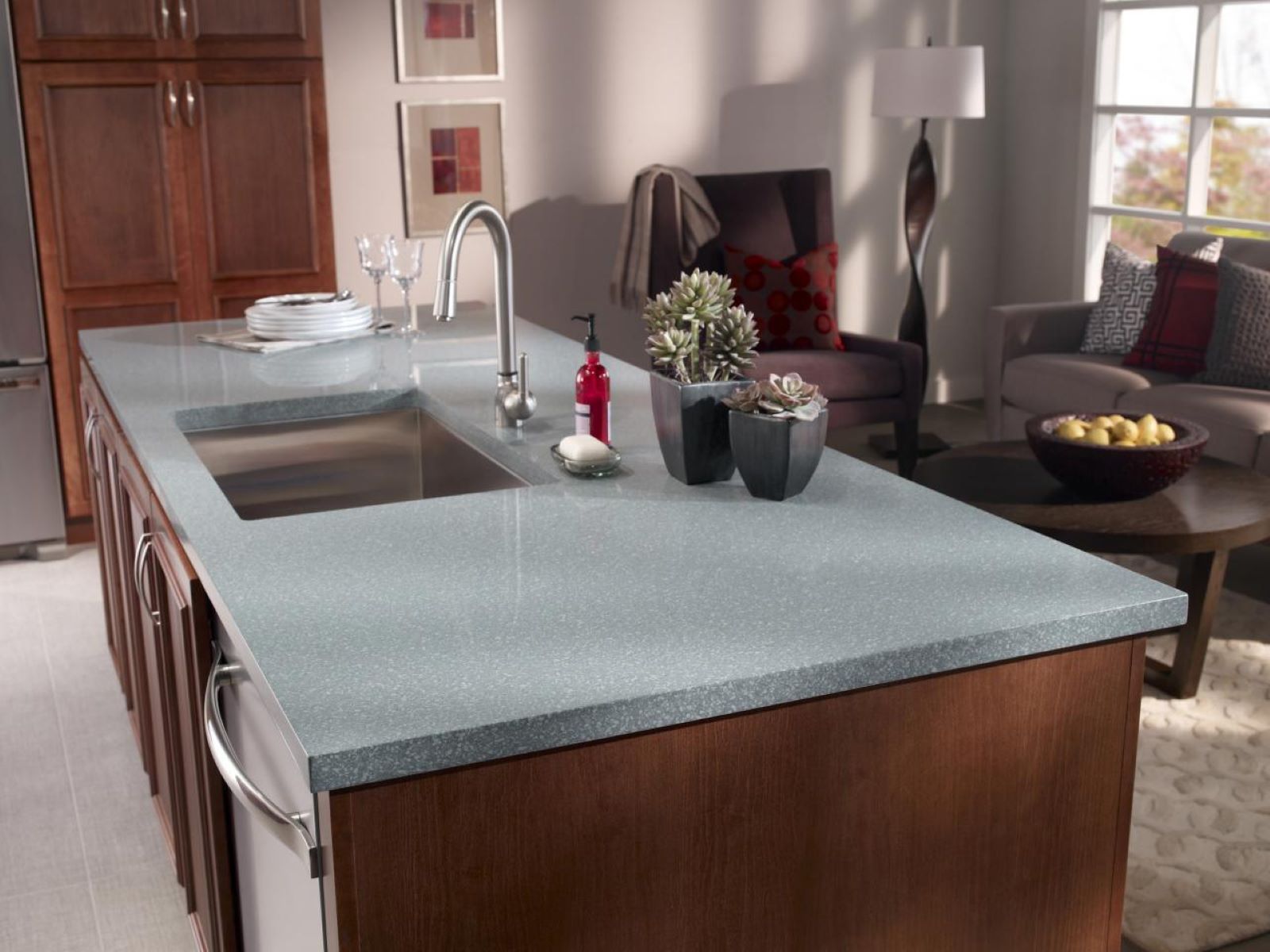
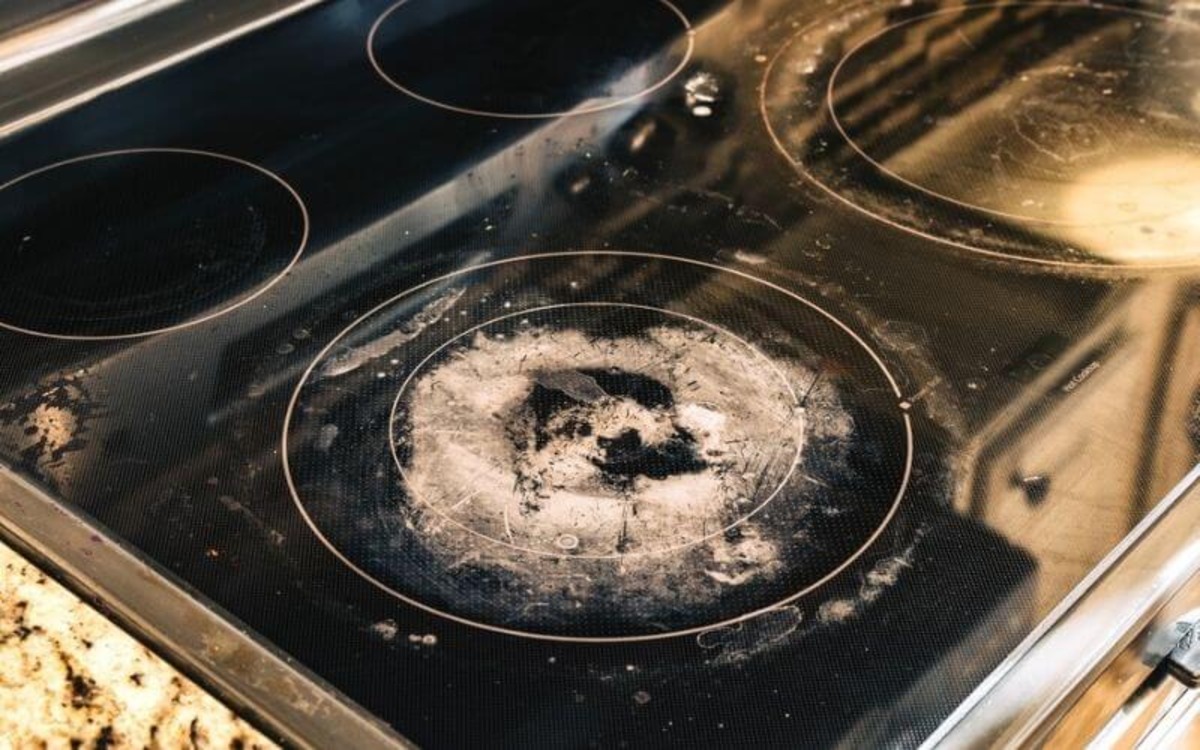
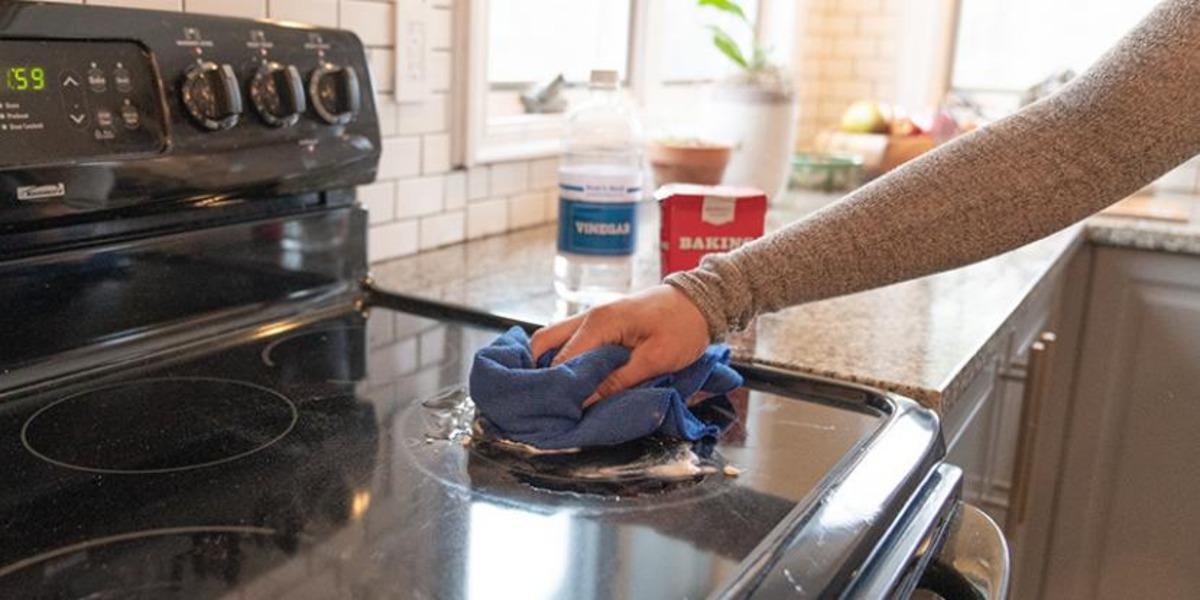

0 thoughts on “How To Buff Out Scratches On Glass”